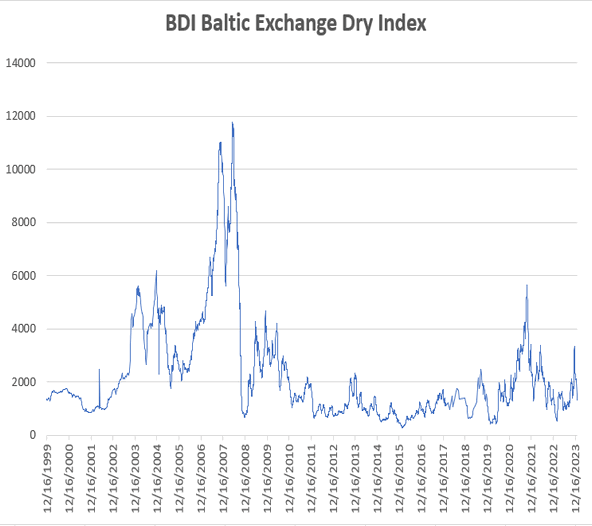SGX will offer A$48 per ASX share
- at 37% premium
- S$10b
- pays 55% of the deal in stocks
- pays 45% in cash = S$4.5b
SGX factsheet
- Market Cap $10b
- Dividend Yield 2.86%
- PE 34
- PB 12
- TTM Revenue $636m
- TTM Profit $320m
- Total Asset $2.1b
- Total Equity $0.85b
- Market Cap $6b
- Dividend Yield 4.95%
- PE 18.36
- PB 2.08
- TTM Revenue $580m
- TTM Profit $328m
- Cash only $1.24b
- Net Cash & ST Investment $3.45b
SGX is taking an 18 month bridging loan for this acquisitions. Given that ASX has $1.24 cash, essentially SGX will be forking out $3.26b cash. Also given that SGX share price is higher valued than ASX enables it to make a premium offer (due to the share exchange).
Looking at SGX's total asset and equity, the loan required to finance this acquisition is about 1.6x leverage of its total assets and 3.8x leverage of its equity. SGX is likely to issue rights after the share exchange with ASX.
SGX share price is expected to continue its downward pressure, which will in turn affect its share exchange ratio with ASX to maintain the $48 per ASX share. Overall, ASX is a good buy for SGX










